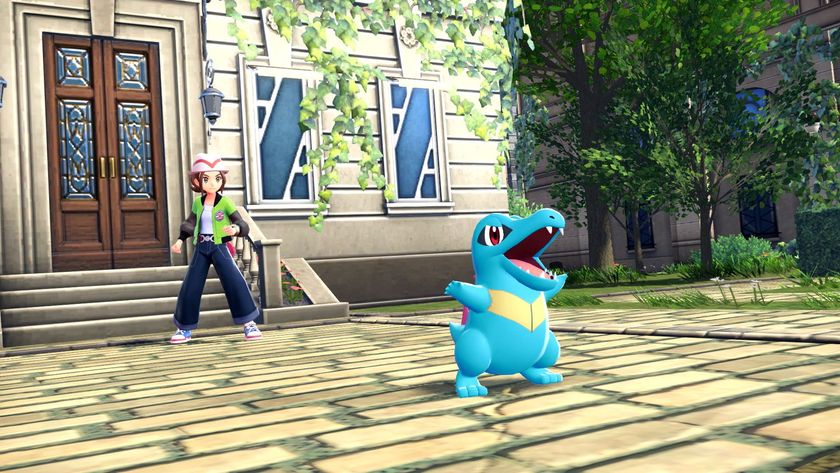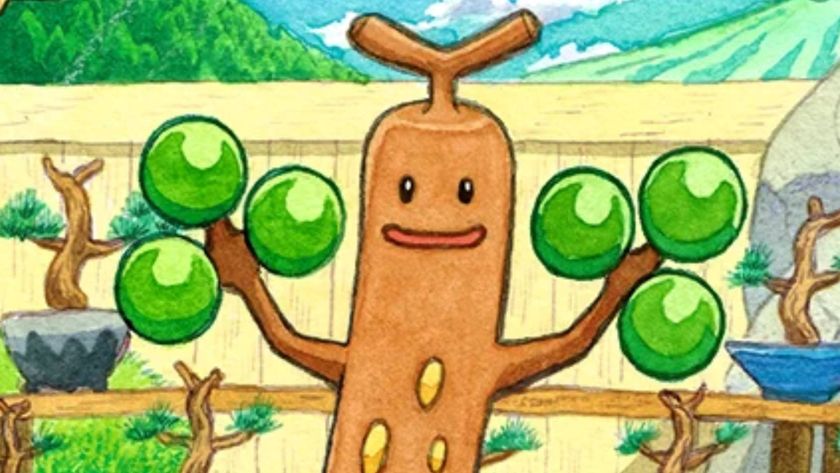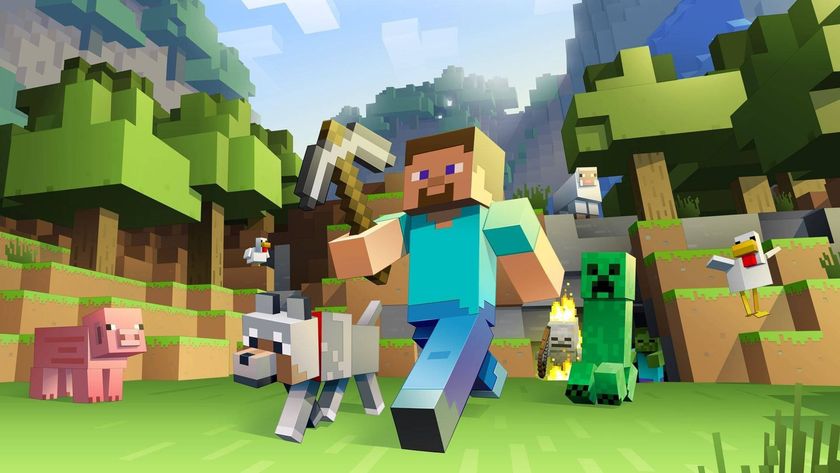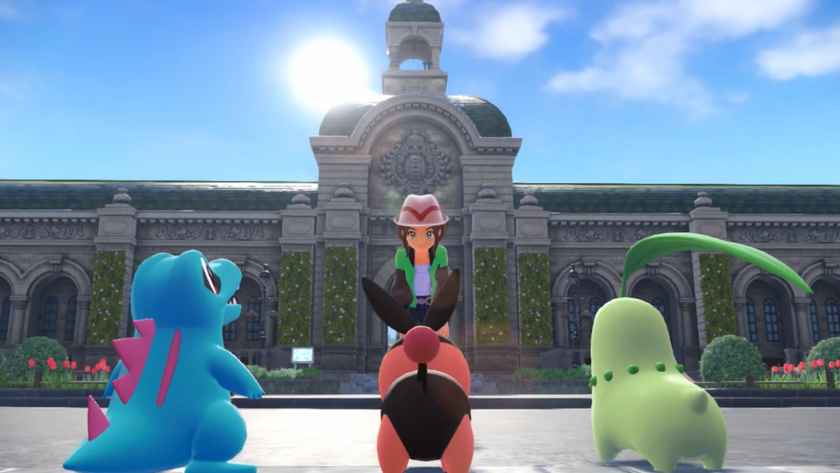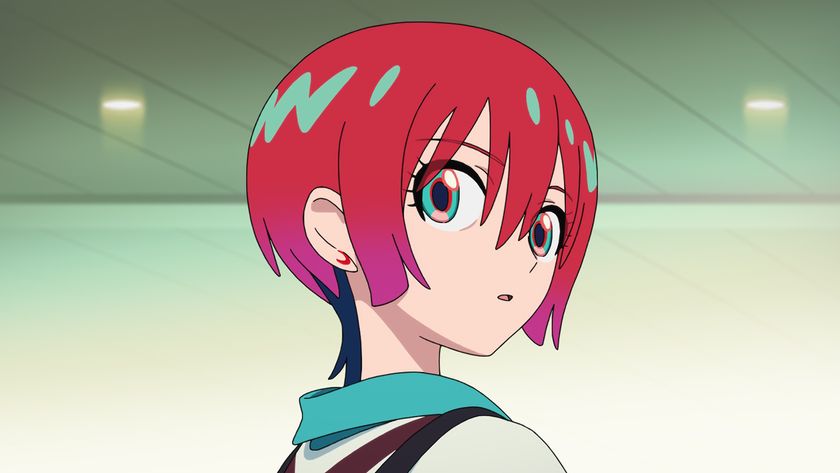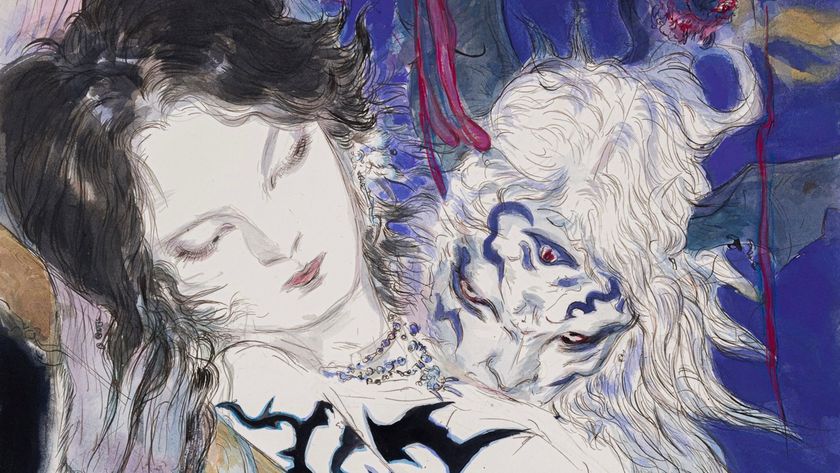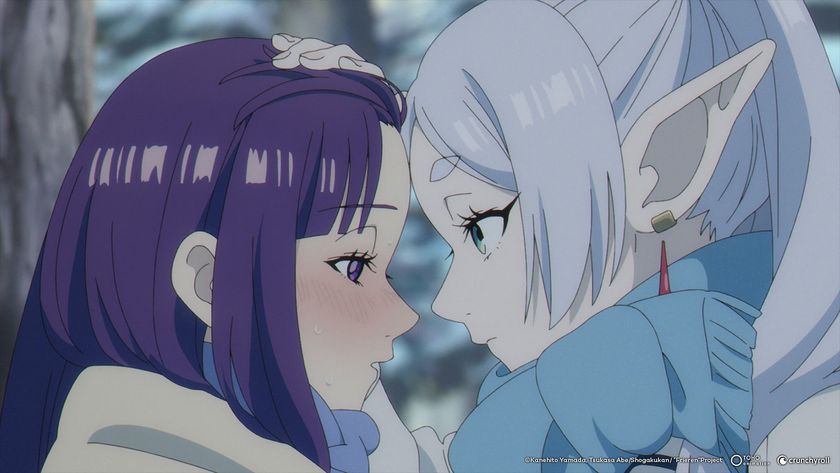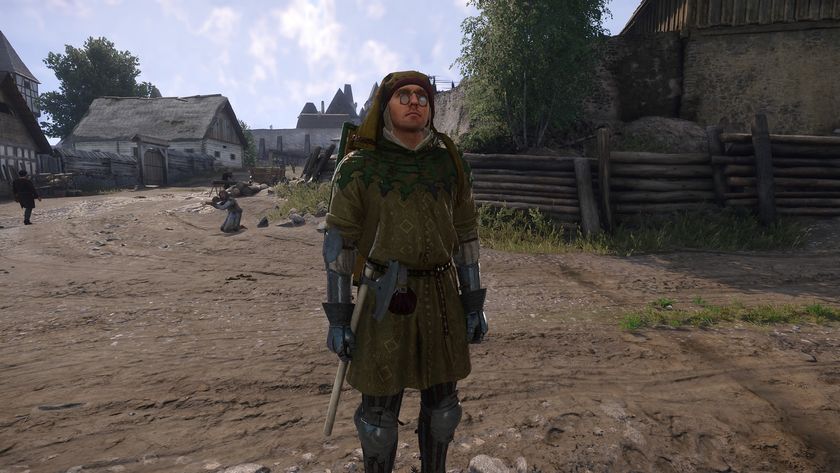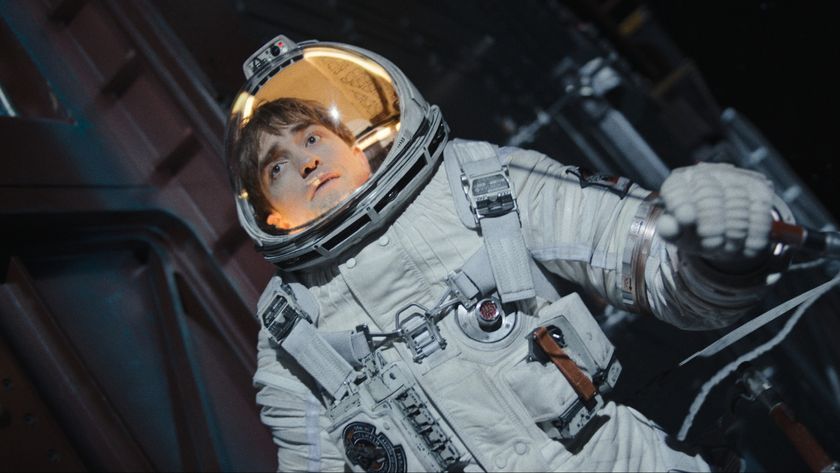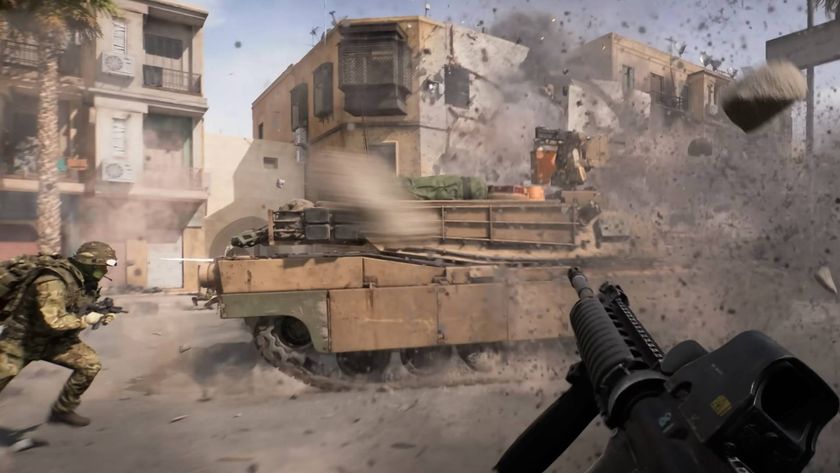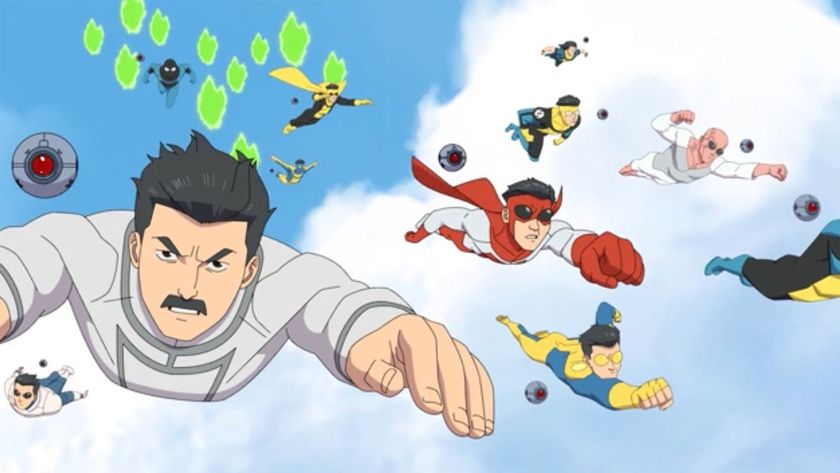E3 2010: Our first look at Journey
Endless sands and stylized ruins fill one of the most visually arresting PSN games we've seen yet
During a special closed-door session in the final hour of E3 2010, Jenova Chen, co-founder of developerThatGameCompany (flOw, Flower), sat down in front of an audience of journalists and told them a story about a NASA shuttle pilot he met some time ago. This pilot had told him about the people he'd met who'd been to the moon, and said that something changed in 100 percent of those people after they'd walked on its surface. Having just seen everything they'd ever known and loved reduced to a little blue marble in the sky, they felt consumed by awe and a sense of their own insignificance, and came back more spiritual, with a renewed curiosity as to what else might be out there.
That sense of overwhelming powerlessnessthat they felt,staring up at the Earth and the impossible vastness around it,is what Chen hopes to recreate with TGC's third game, Journey.
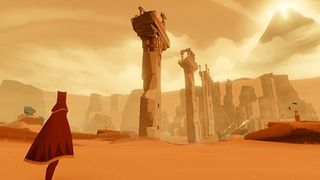
At first blush, that sounds like a reallyunappealing premise for a game, especially because - as Chen pointed out - most games up until now have been about empowerment, and more specifically about characters who wield power to overcome obstacles and their enemies. Butit's impossible to not find the idea at least alittle intriguing, especiallyonce you've seen Journey in action.
The game centers on a solitary, stylizedfigure in a red cloak, who wanders alone (more or less) through an enormous desert dotted with crumbling ruins. The protagonist can jump and "sing," an action that can attract and command floating pieces of cloth scattered throughout the wasteland. He/she/it can also leave enormous, semi-persistent tracks in the sand (which Chen said at least one tester had used to draw giant dicks), and can "surf" rapidly down the slopes of the desert's many, many dunes. It's after climbing the first of those dunes that you see your objective: a light shining from a distant mountain thattowers over everything else.
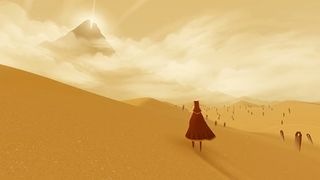
From there, your task is to explore the landscape and negotiate its mysterious ruins - many of which light up and otherwise react to your approach - as you try to reach the mountain. There will apparently be no enemies other than the environment, and exactly what's going on is purposely vague (this is an "art" game, after all).Chen says it'll become clear eventually; in the meantime, you'll find that the "desolate" landscape is anything but dead, and is in fact fullof strange, movingthings - which Chen declined to explain during the demo.
At one point, for example,the cloaked figure came across a statue, out of which appeared a ghostly figure. Without speaking a recognizable word, the figure added a linear golden pattern to the hem of the hero's cloak, and then disappeared. When asked what the line represented, Chen said that it could be a way of keeping score, a status symbol or a new ability.
"It's up in the air at this point," he said.
Sign up to the 12DOVE Newsletter
Weekly digests, tales from the communities you love, and more
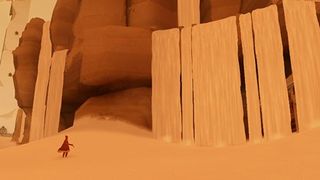
At a different point in the game, the hero wandered through an enormous sand-waterfall and found itself in a hidden cave. Suddenly, the camera switched to a fixed perspective and a tapestry on the wall lit up with an ominous hum, revealing glowing hieroglyphics that then faded, but remained visible on the cloth. It's probably some kind of hint, but it's impossible to be sure at this point.
